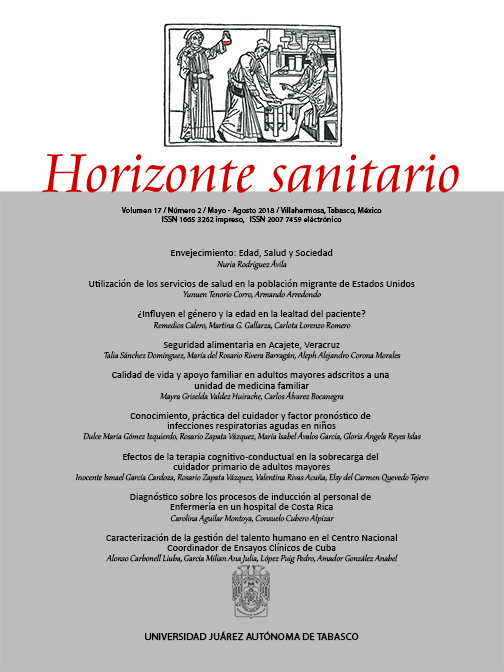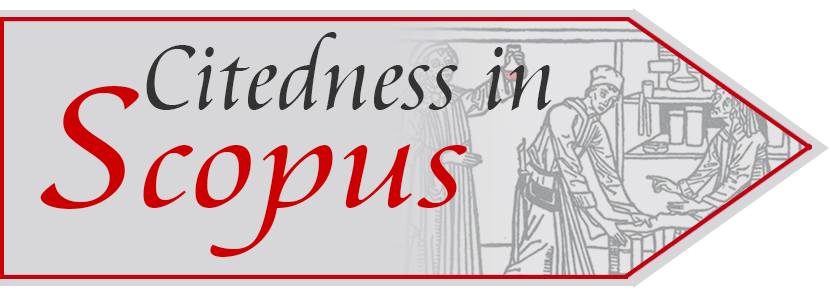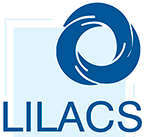Food Security in Acajete, Veracruz
DOI:
https://doi.org/10.19136/hs.a17n2.2040Abstract
Objective: To determine the dietary diversity, the level of food security and its relationship with living conditions in families in Acajete, Veracruz. Materials and methods: Proportional stratified sampling, with 95% confidence, 5% error, and 50% response distribution. Household selection was made randomly, resulting in 211 dwellings as a sample. Results: Marginal food security with 40.3% (n = 85), followed by 32.7% of families with food security (n = 69). Regarding the nutritional status of surveyed people, the mode and median was normal weight (57.7%), overweight and obese 25.5% and underweight 16.8%. 33.6% of the people consume three food groups throughout the day, 27.5% four groups, 15.2% two groups, and the same percentage five food groups. There were significant differences (p=0.039) between the education level of the respondents in relation to their food security status, where 84.2% of the illiterate population has some degree of food insecurity, and 15.8% are in Food security. Conclusions: The housing characteristics considered in this study are not a determinant risk factor for Food Insecurity; no significant differences were found with overcrowding (p=0.239), housing ownership (p=0.987); and an unsafe source of drinking water (p = 0.973). The average scores of the Mexican Food Security Survey (EMSA) were statistically significant, therefore it is observed that lower food diversity results in lower food security. The inhabitants of Acajete who are in low or very low food security, only feed on two food groups: cereals or tubers; and legumes, nuts or seeds. When there is marginal food security add meat or fish.Downloads
References
Organización de las Naciones Unidas ONU. Declaración Universal de las Naciones Unidas. [Internet] [accessed 21 August 2017]. Retrieved from: http://www.un.org/es/universal-declaration-human-rights/)
Trade reforms and food security, conceptualizing the linkages [Internet]. Food and Agriculture Organization. FAO 2003. [accesed 06 November 2017]. Retrieved from: ftp://ftp.fao.org/docrep/fao/005/y4671e/y4671e00.pdf. p.28
Martínez R., Fernández A. Análisis del impacto social y económico del Hambre en América Latina [Internet]. Santiago de Chile: Organización de las Naciones Unidas; 2006. [accessed 21 August 2017] Retrieved from: https://goo.gl/J6Uw8f
Panorama de la Seguridad Alimentaria y Nutricional 2012 en América Latina y el Caribe [Internet]. Organización de las Naciones Unidas para la Alimentación y la Agricultura FAO. Roma: FAO; 2012. [accessed 21 August 2017]. Retrieved from: http://www.fao.org/docrep/018/i3068s/i3068s.pdf
Melgar-Quinonez H, Samayoa L, Mendoza JR, Hernández GA, González SH, Toledo PF et. al. Prevalencia de inseguridad alimentaria del hogar en Guatemala [Internet]. Encuesta Nacional de Condiciones de Vida 2011 (ENCOVI). Guatemala: SESAN-FAO; 2011. [accessed 21 August 2017]. Retrieved from: https://coin.fao.org/coin-static/cms/media/12/13328840369830/af-inseguridad_alimentaria.pdf
Gutiérrez JP, Rivera-Dommarco J, Shamah-Levy T, Villalpando-Hernández S, Franco A, Cuevas-Nasu L et. al. Encuesta Nacional de Salud y Nutrición 2012. Resultados Nacionales. Cuernava, México: Instituto Nacional de Salud Pública; México 2012; 144-146, 183.
Índice de Marginación por Entidad Federativa y Municipio 2010 [Internet]. Consejo Nacional de Población. CONAPO [accessed 21 August 2017]. Retrieved from: https://goo.gl/uNrbDE
Kennedy G, Ballard T, Dop MC. Guía para medir la diversidad alimentaria a nivel individual y del hogar [Internet]. Organización de las Naciones Unidas para la Alimentación y la Agricultura; 2013. [accessed 21 August 2017] Retrieved from: http://www.fao.org/docrep/016/i1983s/i1983s00.htm.
Body mass index-BMI [Internet]. World Health Organization. ONU. [accessed 21 August 2017] Retrieved from: http://www.euro.who.int/en/health-topics/disease-prevention/nutrition/a-healthy-lifestyle/body-mass-index-bmi
Avances del Comité de Niveles Socioeconómicos. Asociación Mexicana de Agencias de Investigación de Mercados y Opinión Pública, A.C. (AMAI). [Internet] México; 2004. [accessed 01 August 2015]. Retrieved from: www.amai.org/NSE/AMAINSE2004.ppt
Shamah T, Mundo V, Rivera J, Cuevas L, Morales C, Pérez R et. al. Encuesta Nacional del Salud y Nutrición 2012, Evidencia para la política pública en salud. [Internet] México: Instituto Nacional de Salud Pública de México; 2012. [accessed 21 August 2017]. Retrieved from: http://ensanut.insp.mx/doctos/analiticos/InseguridadAlim.pdf .
Tejeda M, González A, Márquez Y, Bastardo L. Escolaridad materna y desnutrición del hijo o hija. Centro Clínico Nutricional Menca de Leoni. Caracas. Anales Venezonalos de Nutrición 2005; 18(2).





























